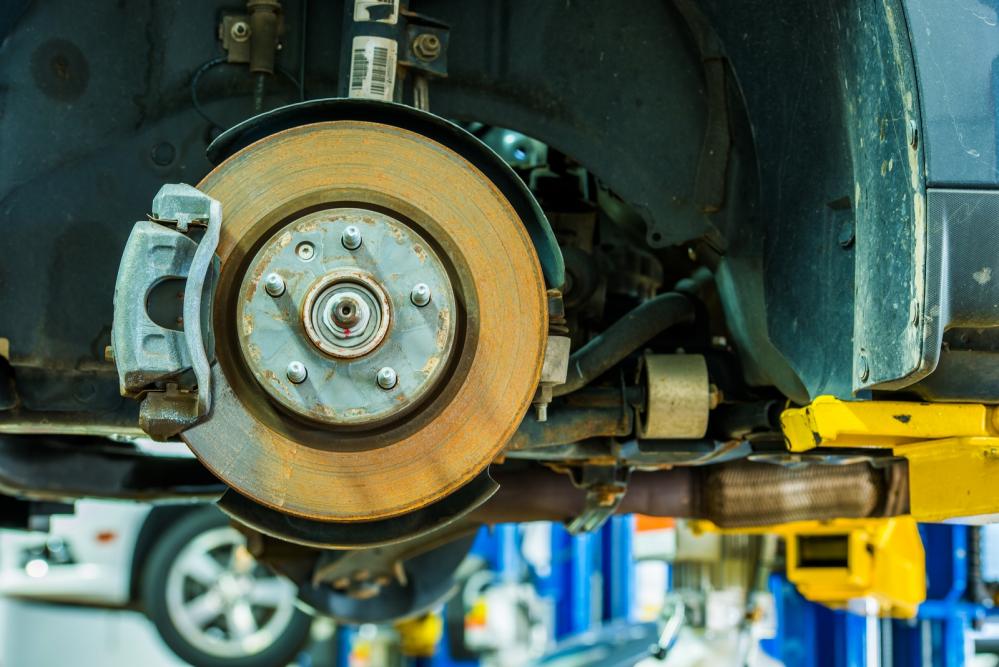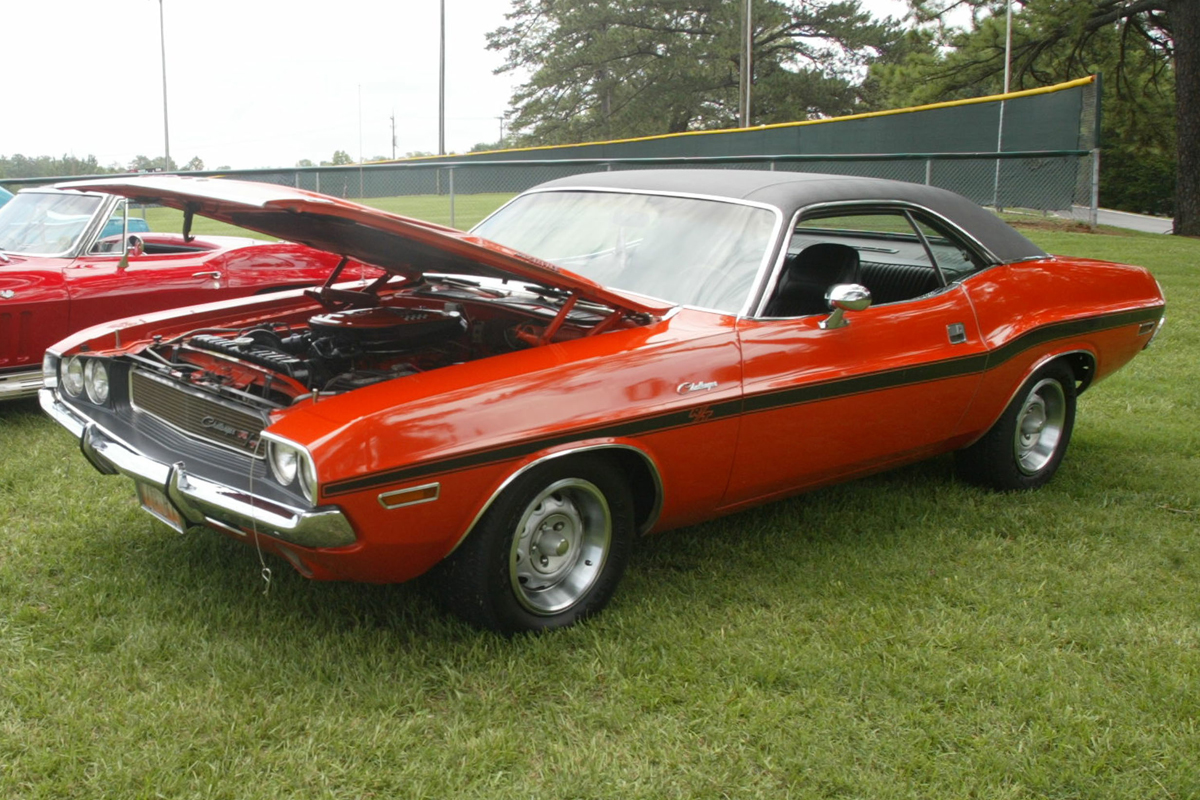Car brakes are the most important feature of your car from a safety perspective. In order to keep both you and others around you safe, it is imperative for car brakes to work properly.
The general rule of thumb that classic car owners in Fremont should follow is simple: either replace or inspect the brake pads once every 50,000 miles. But since every car is different, there is a one-size-fits-all rule that you could apply to different models and hope to get the same result. The best that you can do is detect the telltale signs of failing braking pads and replace them when you can.
1) Brakes Produce Squeaking and Squealing Noise
If your brakes persistently produce a squealing noise, it’s time to replace your brakes. There are a few exceptions during heavy weather conditions such as rain, but if the squealing noise doesn’t go away, it indicates a potential problem that needs to be addressed. Get your braking system evaluated by a professional to find out more.
2) Metal Grinding Sound
Another indication of failing braking pads is a grinding noise, which can be described as metal screeching against other metals. Some manufacturers take precaution by installing metal ridges into the bottom of the pad. These start making a loud noise to notify the driver that the brake pads are giving away. If you hear the metal grinding noise, have an auto professional evaluate the car right away.
The longer you wait, the more damage will be caused overtime as the metal ridge grinds against other components of the tire.
3) Vibrating Brake Pedal
If you find it increasingly challenging to bring your car to a stop and feel the brake pedal vibrating, it is a strong indicator of the braking pads being worn out. You should have the car inspected by a professional in order to prevent further damage and extensive repairs or a potential accident.
4) A Quarter of an Inch of Brake Pad
Sometimes the best indicator of failing brake pads is to visually inspect them with your own eyes. When this happens the brake pad appears to have shrunk in size, pressed against the brake rotor. If the size of the brake pads is less than ¼ inches, you should get your car evaluated.
5) Pulling
Is your car pulling to either side of the road as you apply the brakes? This is one of the most dangerous symptoms of a failing braking system and you should get the car inspected as soon as possible. One of the causes is a stuck caliper. This increases friction on one wheel instead of the other three, causing your car to pull to the side as you hit the brake pedals. Pulling could also be caused by uneven or worn out tires, either of these situations is not acceptable when driving on the road.
Make sure your car undergoes regular maintenance to ensure every component is functioning normally as it should.
If your classic car in Fremont is in need of repairs or requires rare parts, hop on over to ENGG.com and browse for your desired parts.
Want to find rare classic car parts for your vintage automobile? Call us at this number + 1-650-230-8081 or visit our website at engg.com.
You can email at info@engg.com to contact ENGG.




